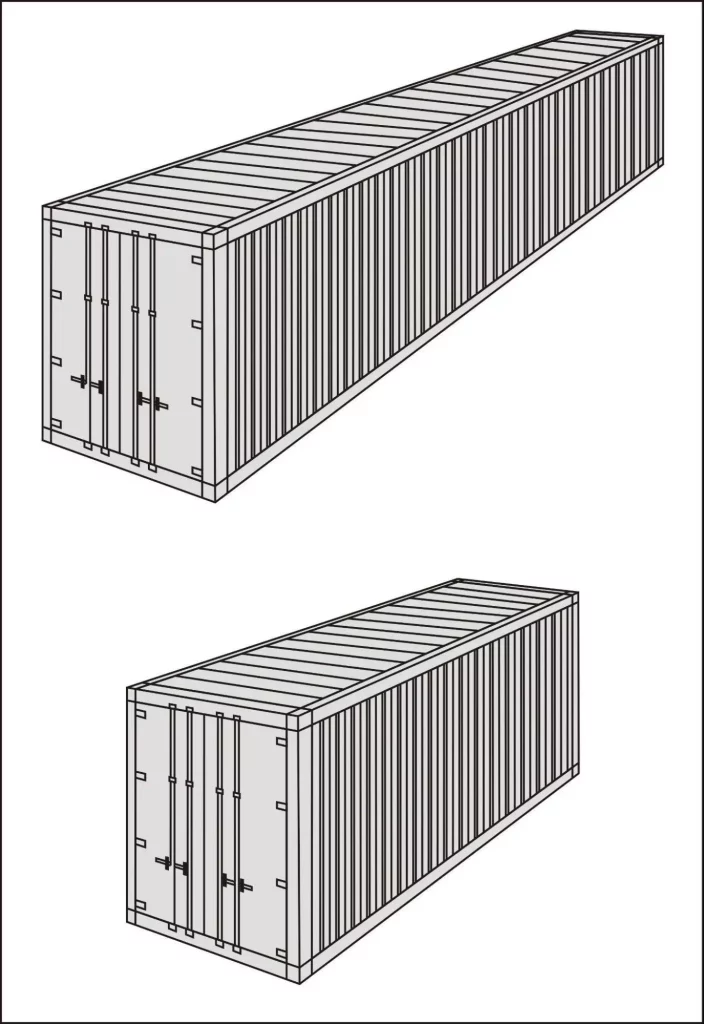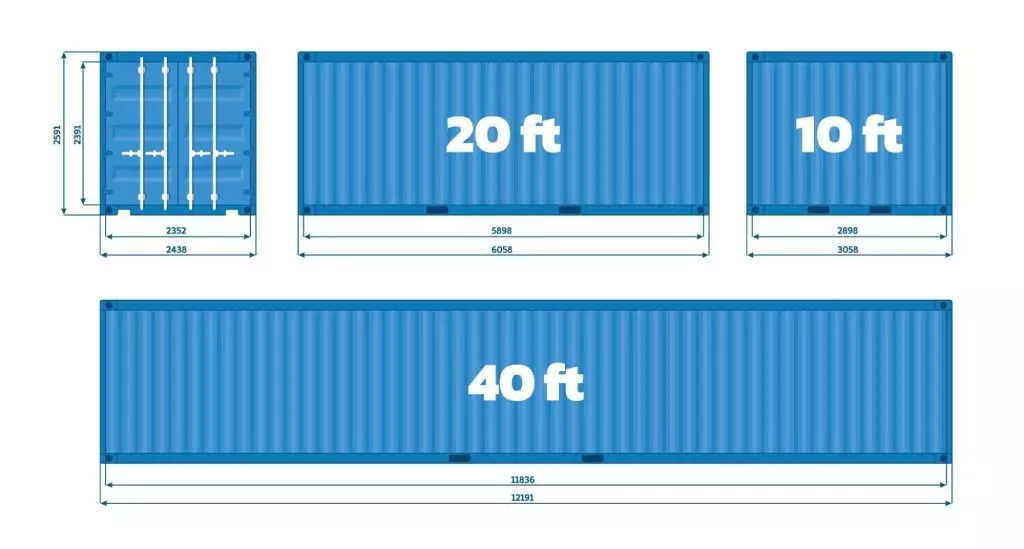Dry and Liquid Goods: Differences in Transportation
Detailed analysis of transportation methods to ensure safety and efficiency
The transportation of dry and liquid goods is a fundamental part of the global economy, as many commercial products are shipped daily through various transportation routes. However, transporting these two types of goods presents significant differences in terms of infrastructure, technology, and regulations. Transporting goods is a crucial activity for international trade, as it allows the movement of goods and products from one place to another, overcoming geographical obstacles and fostering economic exchanges between different countries and regions. The growing demand for efficient and safe transport has led to the development of various logistical solutions to meet the specific needs of various types of goods, thus ensuring the continuity and reliability of global supply chains.
What is meant by the transport of dry goods?

Dry goods, such as food products, industrial goods, and raw materials, are generally transported in dry containers.
These containers are designed to protect goods from the elements and adverse weather conditions during transport. They are sturdy, durable, and can be easily stacked, optimizing cargo space on transport vehicles. Transporting dry goods in this type of container is one of the most common and convenient options, as it offers greater flexibility and versatility compared to other transportation methods. They can be easily transferred from one mode of transport to another (ships, trains, trucks), making multimodal transport more efficient. Moreover, their robust structure makes them ideal for transporting a wide range of goods, ensuring the protection of the cargo during long journeys and under varying conditions.
According to statistics from the Port of Rome and Lazio, in 2018, dry goods traffic accounted for 69% of the total, with 11.3 million tons of goods transported in dry containers. This data demonstrates the importance of dry goods transportation in international trade and its relevance in the global economy. The increasing use of this type of storage highlights the need for efficient and reliable logistic solutions to manage the enormous volume of goods that is moved daily through global transportation networks.
What are liquid goods transport?
Liquid goods, such as chemicals, fuels, and liquid food substances, require a specific approach for transport. Generally, these goods are transported in special tank containers, designed to contain and protect liquid substances during transport. However, in some cases, they can travel inside dry containers equipped with a membrane called a Flexitank. These containers are more flexible and versatile compared to standard dry containers, as they can be easily adapted to different transportation needs and allow the cargo to be filled and emptied directly, without further transfer operations. Managing liquid goods requires particular attention to safety and spill prevention, making the process more complex and regulated.
The transport of hazardous liquid goods is subject to specific regulations, such as the ADR (European Agreement concerning the International Carriage of Dangerous Goods by Road), which establish norms for safety and risk management during the transport of hazardous substances. These regulations aim to ensure the protection of the environment, workers, and the public from potential consequences of accidents or spills during the transport of hazardous liquid goods. Compliance with these norms is essential to maintain high safety standards and prevent incidents that could have serious environmental and health repercussions.
How are dry and liquid goods transported?
One of the main differences between the transport of dry and liquid goods is the type of container used. The dry containers, specifically 20 and 40 feet, are designed to contain dry goods, while the Flexitank (or flexible containers installed in a maritime container) are designed to contain liquid goods. These are generally made with flexible materials such as special polyester fiber cloths or fiber-reinforced polymers, while dry containers are constructed of corrosion-resistant steel or high-strength aluminum alloys and have rigid walls to ensure greater protection of the cargo. Additionally, using Flexitank inside dry containers can be economical and easier to manage compared to tank containers, as the flexible membranes and special cloths used in Flexitanks simplify loading and unloading procedures.
The rigid structure of dry containers makes them ideal for transporting bulk and non-sensitive goods, while the use of tank containers or Flexitank allows for better management of fluid substances, thanks to their flexibility and adaptability to different transportation needs.

Measurements of a 40’ Dry Container Another important difference is the management of the cargo. Bulk container cargo refers to the transportation of generally bulk dry goods, such as cereals, minerals, or bulk products, inside special dry containers, defined as “Bulk containers.” This type of cargo allows for optimizing cargo space and reducing transportation costs. Choosing the type of container and loading procedures is therefore crucial to ensure the efficiency and safety of transport, adapting to the specific characteristics of the goods transported.
Regulations for the Transport of Hazardous Goods
The transportation of hazardous goods, such as chemicals and fuels, is subject to specific regulations, such as the ADR (European Agreement concerning the International Carriage of Dangerous Goods by Road). These regulations have been established to ensure safety during the transportation of hazardous goods and to protect the environment and people. They establish detailed standards for the classification, packaging, labeling, and documentation of hazardous goods, as well as loading and unloading procedures and training for personnel involved in transportation. Compliance with these regulations is crucial to prevent accidents and minimize the risks associated with the transport of hazardous substances. Proper application of existing regulations helps to ensure the safety of transportation operations, minimizing environmental impact and protecting public health.
Conclusion
In conclusion, the transportation of dry and liquid goods presents significant differences in terms of infrastructure, technology, and regulations. The choice of container type and transportation method depends on the specific needs of the goods and the regulations in force. It is important to understand these differences to ensure safety and efficiency during the transportation of dry and liquid goods. Adhering to norms and adopting appropriate practices are essential to protect the environment and workers, while also ensuring smooth and reliable transport of goods globally. Investing in advanced logistical solutions and continuous training for personnel involved in transportation is fundamental to maintaining high standards of safety and efficiency in an ever-evolving sector.
To meet these needs, Sogese offers a range of innovative solutions for the transportation and storage of goods, specifically dry ones. Through the Stock Solution service, Sogese provides high-quality dry containers, ideal for storing and handling various types of merchandise. These containers are designed to ensure maximum protection of goods and optimize cargo space, offering an efficient and safe solution for the logistical needs of companies. With a wide availability of containers and a dedicated customer service, Sogese positions itself as a reliable partner for companies looking to improve their transportation and storage operations.